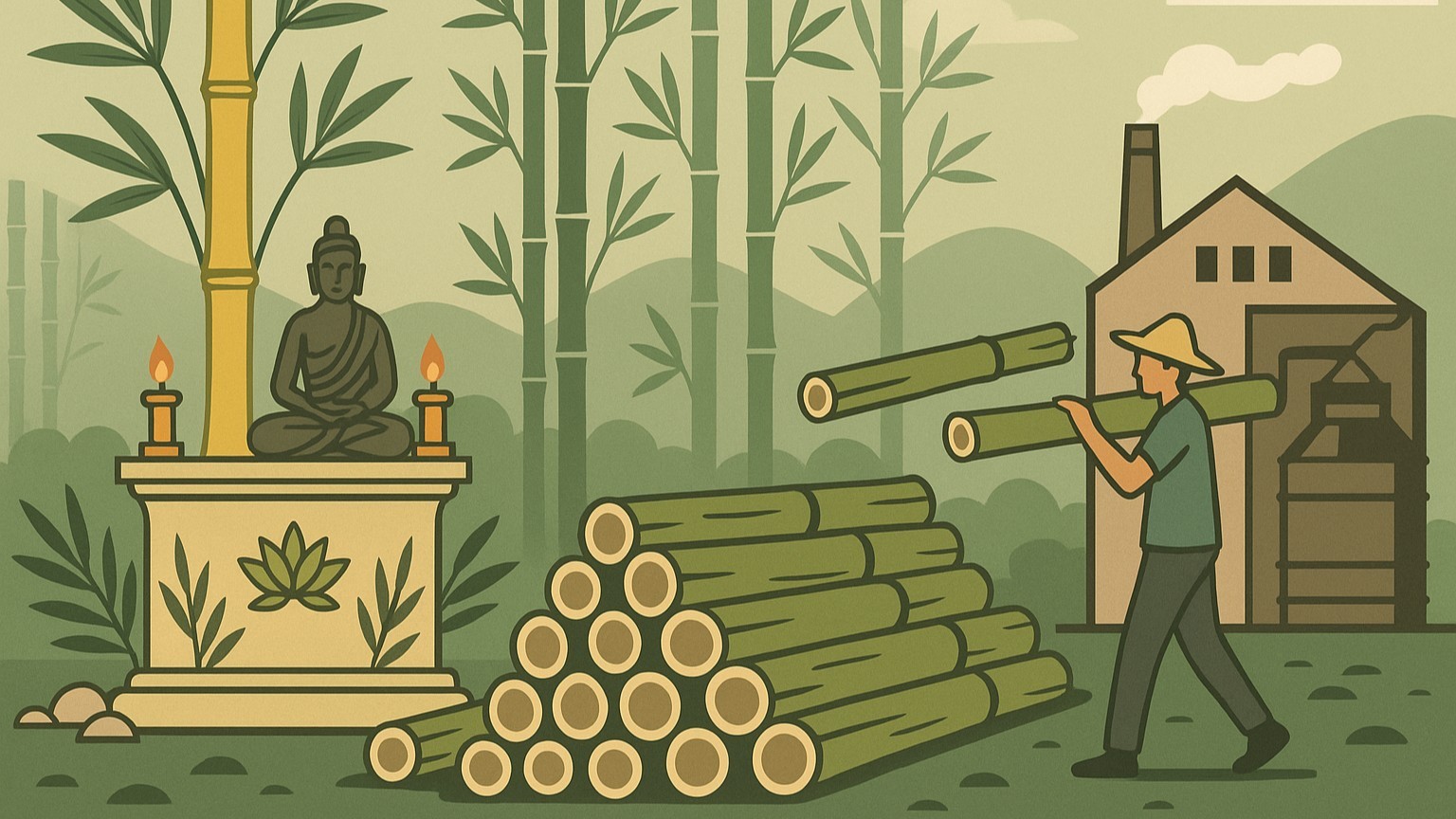Bamboo’s Journey: From Sacred Roots to Industrial Realities

Bamboo has long been revered in many cultures as a symbol of strength, resilience, and spiritual harmony. In countries like India, China, and Japan, it holds deep cultural significance, often associated with prosperity and purity. Traditionally used in rituals, construction, crafts, and daily life, bamboo was once seen as a humble yet powerful gift of nature, growing freely and sustainably in forests and rural landscapes.
However, the rising global demand for eco-friendly alternatives has transformed bamboo from a sacred symbol into a sought-after industrial commodity. Its versatility in everything from flooring to furniture, paper to textiles, and even biofuels has catapulted bamboo into the spotlight. While this surge in popularity highlights its environmental benefits, such as rapid growth and carbon absorption, it also brings a new set of production challenges that are often overlooked.
One of the major hurdles in bamboo production is the lack of standardised cultivation practices. Bamboo farming requires specific knowledge about species selection, soil conditions, pest control, and harvesting cycles, which are not always available to small-scale farmers. Additionally, limited access to modern processing equipment and infrastructure in rural regions often restricts bamboo producers from scaling operations or meeting industrial quality standards.
There are also socio-economic barriers, as many indigenous communities who traditionally nurtured bamboo forests are now excluded from formal supply chains. Overharvesting and monoculture plantations threaten biodiversity, and without sustainable management policies in place, bamboo’s environmental promise may be undermined. Governments and industry players must collaborate to ensure fair trade, training, and technological support to maintain a balance between tradition and commercialisation.
The story of bamboo is a complex one, rooted in reverence yet driven by economic opportunity. As we embrace bamboo as a sustainable resource, it’s crucial to address the production challenges and support ethical, eco-conscious growth that honours both its cultural heritage and future potential.
